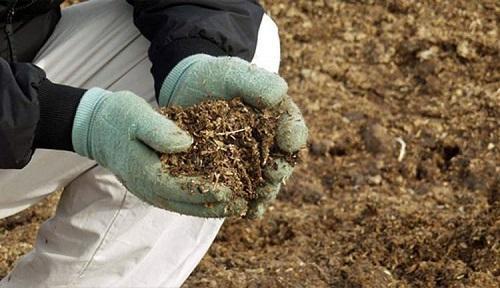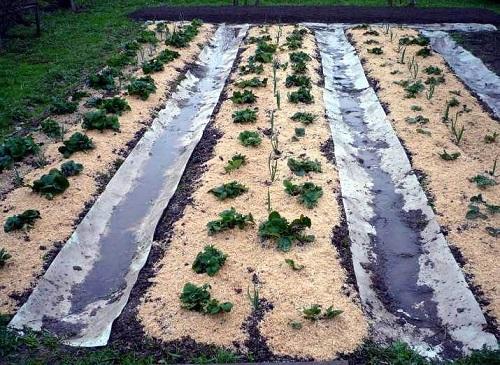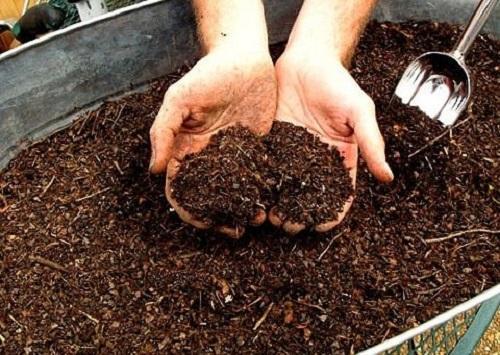Rotted sawdust as fertilizer
Every gardener knows that a good harvest can only be obtained on fertile soil. Therefore, he carefully prepares for the onset of the summer cottage season, fertilizing his site. Nowadays there are many novelties in the field of fertilizers, but the good old methods are also widely used along with modern drugs and have never failed. One of these methods is the use of sawdust.
Often summer residents are interested in whether rotted sawdust can be used as fertilizer. The answer is obvious - it is not only possible, but also necessary, because sawdust is, in fact, a pure organic material. The main thing is to properly prepare them before use. Sawdust not only enriches the soil, but also makes it looser and serves as an excellent mulch. In addition, they are more accessible from the financial side.
The use of sawdust for fertilizing the garden

It is not recommended to add rotted sawdust in a pure form to garden beds, since they very acidify the soil. On such soil, many plants simply will not survive. However, it is thanks to the process of rotting sawdust that the earth is saturated with oxygen. To neutralize acidity, sawdust fertilizer should be properly prepared:
- Pour fresh sawdust into the prepared pit.
- Sprinkle them with lime on top.
- Leave to rot for at least two years.
To speed up the process of decay, a pile of sawdust is watered with liquid kitchen waste without the addition of household products. When the sawdust decays, they fertilize the soil, scattering it over the beds.
It is better to fertilize with sawdust in the first half of summer, so that by autumn they have time to completely decompose. If fertilizer is applied at the end of summer, due to the high humidity during the rainy season, water from wood waste will not evaporate well.
Using sawdust as mulch

Sawdust serves as a good mulch for various crops, not only in the garden, but also in the garden. Overripe sawdust can be immediately scattered on the beds in a layer of 5 cm, and fresh ones must first be prepared. To do this, lay them out in layers, alternating with urea approximately in this proportion: 3 buckets of sawdust - 200 g of urea. Cover the pile on top with foil and leave for 2 weeks. After the specified time, the sawdust will be ready for use.
Raspberry-type shrubs are mulched with a thicker layer - up to 20 cm.
Sawdust mulching will allow you to water the beds less often, since moisture will not evaporate so quickly, and will preserve the loose structure of the soil. In addition, the presence of mulch in the aisles will create obstacles to the growth of weeds.
Sawdust in greenhouses and compost

Rotted sawdust is applied to greenhouse beds in spring or autumn in order to accelerate seed germination. This soil heats up faster. For greater benefit, they are mixed with manure, also rotted.
It is good to add sawdust to compost. At the same time, they must rot within a year so that the compost is more nutritious.